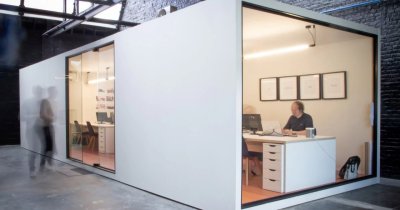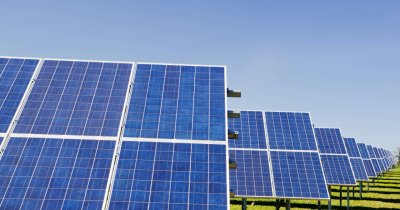Despite being better suited for urban transport compared to personal cars, diesel powered buses are far from ideal when it comes to transiting the city.
Overtime, bus manufacturers started to look at possible alternatives to replace them, exploring options such as hybrid buses, electric buses or hydrogen powered buses.
In this article we will focus on the latter version, since it starts to gain popularity among quite a few players in the public transport sector.
How does a hydrogen-powered bus work
Hydrogen powered buses are vehicles powered by an electric motor through the power of hydrogen fuel cells, which makes them zero emission transportation methods.
Hydrogen can be stored in compressed tanks, which are usually mounted on top of the bus, which is good for keeping passenger comfort.
The hydrogen powering the bus can either be green, which is the good kind of hydrogen, coming from water electrolysis or it can be blue or grey hydrogen, which is coming from fossil sources and kind of defeats the purpose.

Still, even when using fossil-based hydrogen, this type of buses is way cleaner compared to their diesel counterparts, but the ideal future of this bud type implies that we will use green hydrogen powered buses for maximum care for the environment.
A much lower carbon footprint compared to diesel buses
Buses are still a very popular way of transport in many countries around the world and for good reason. They can carry many passengers in one vehicle, which is significantly more space friendly than those people using their personal car and it also saves on emissions.
But still, hydrogen and electric buses can boost the sustainability advantage of this mean of public transport even further, as some manufacturers claim that by using hydrogen buses, the carbon footprint per around 1.8 million kilometers is reduced by almost 1.900 tons of CO2 emissions.
When you think about how many buses roam just a single city, that number starts to add up quickly, giving an insight of just how useful zero-emission buses can be for a cleaner environment.
The early days of hydrogen buses
In 1998, the cities of Chicago and Vancouver saw demonstrations of fuel cell powered buses over the course of two years. Three New Flyer Industries buses were fitted with an earlier version of the Ballard fuel cell and carried over 200.000 passengers over more than 118.000 kilometers.
Iveco is one manufacturer that started playing around with hydrogen buses and in 2004, the Italian manufacturer released the Altra CITYCLASS hydrogen bus, a zero-emission bus that was powered by batteries or by hydrogen fuel cells.

That very bus type was used for a city line in Torino during the Olympic Winter Games that took place in 2006.
Also in 2006, China purchased a few hydrogen buses from Daimler to experiment with them in the city of Beijing.
Hydrogen buses nowadays
With climate goals in mind, hydrogen buses are a subject of interest for many manufacturers that produce this kind of vehicle, who look at both hydrogen-powered buses and battery-powered versions as the solutions to make urban transport greener and more sustainable.
The German manufacturer looks to improve the sustainability of intercity lines as well, with the first all-electric intercity bus coming from 2025.
Also, Daimler plans to launch fuel cell powered coaches from the end of the decade, as well.
With the decision to only offer zero emission buses for the European cities from 2030, Daimler officials gave up on investing in Euro 7 vehicles, opting for the future proof version.
The three companies will not only develop the actual vehicles, but will also help with regards to founding a solid refueling infrastructure for fuel cell buses.
This is especially important, since both battery-powered buses and fuel cell ones will need special charging and refueling stations.

The advantage of hydrogen buses is the fact that they are able to refill much quicker compared to battery powered one, in a matter of minutes compared to tens of minutes or even hours.
Toyota studied hydrogen powered vehicles since 1992 and in 2014, the Japanese carmaker introduced the Mirai, a full-size hydrogen sedan.
Now, Toyota is testing the capabilities of hydrogen buses with the Sora, a bus powered by fuel cells.
Solaris is another bus manufacturer that is producing hydrogen fuel cell buses, such as the Urbino 12, which can go as far as 350 km before needing a refill.
The company also has a battery powered version of the Urbino 12 in its lineup, which means that public transport operators can choose the version that is most suitable for their needs.
As the technology will be implemented on more models and public transport operators will start to adopt hydrogen buses more often to replace old diesel buses, city dwellers will enjoy a significantly improved air quality and lower noise levels.
 Mihai - Cristian Ioniță
Mihai - Cristian Ioniță












Any thoughts?